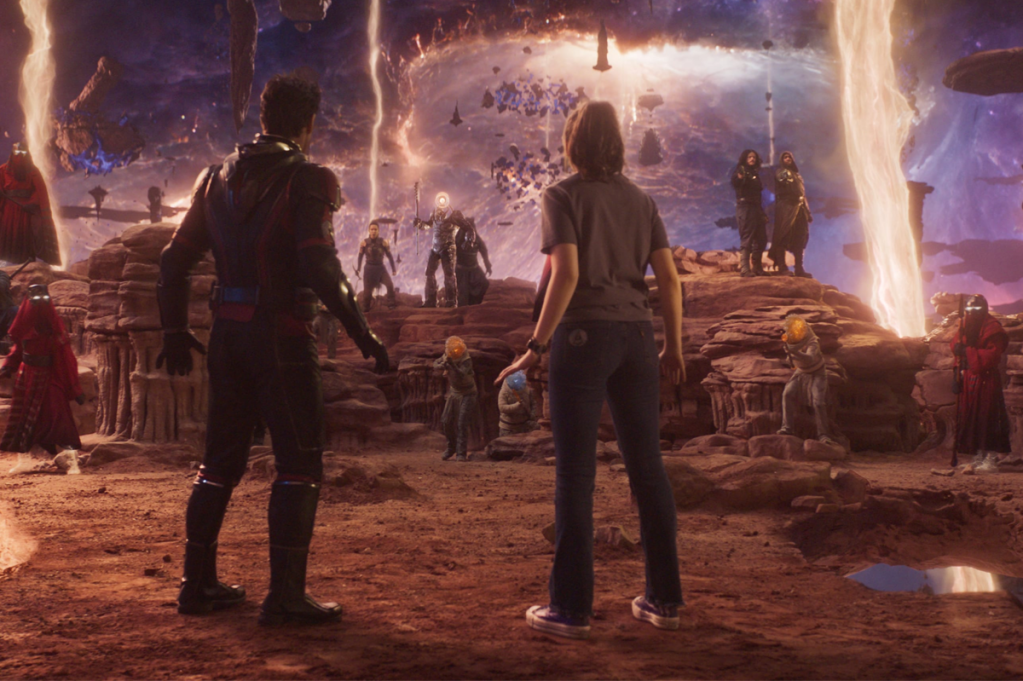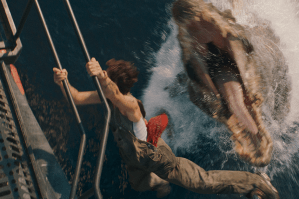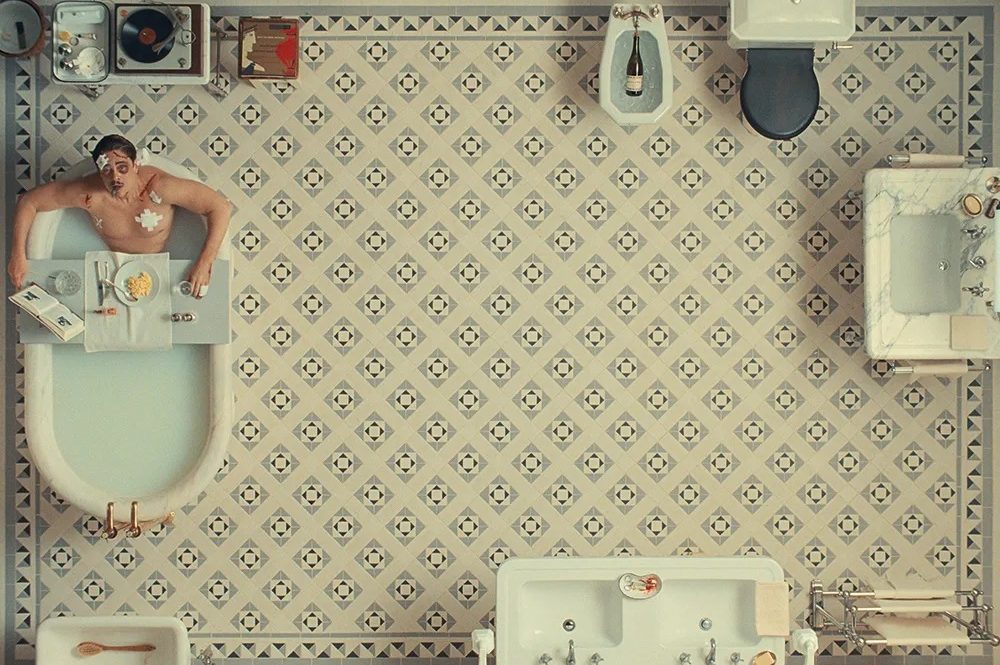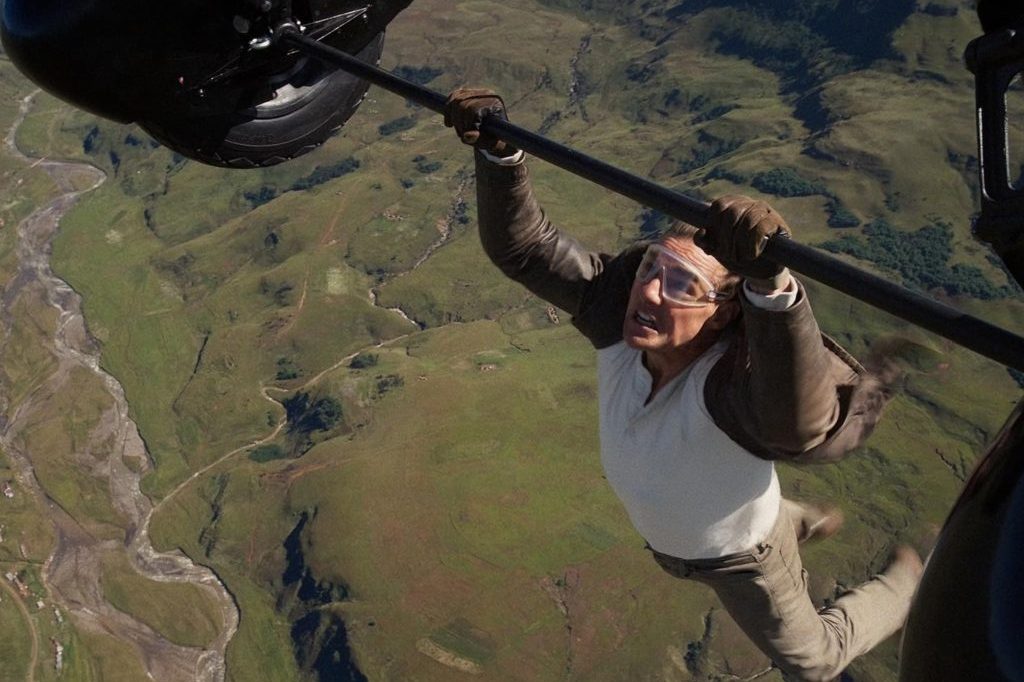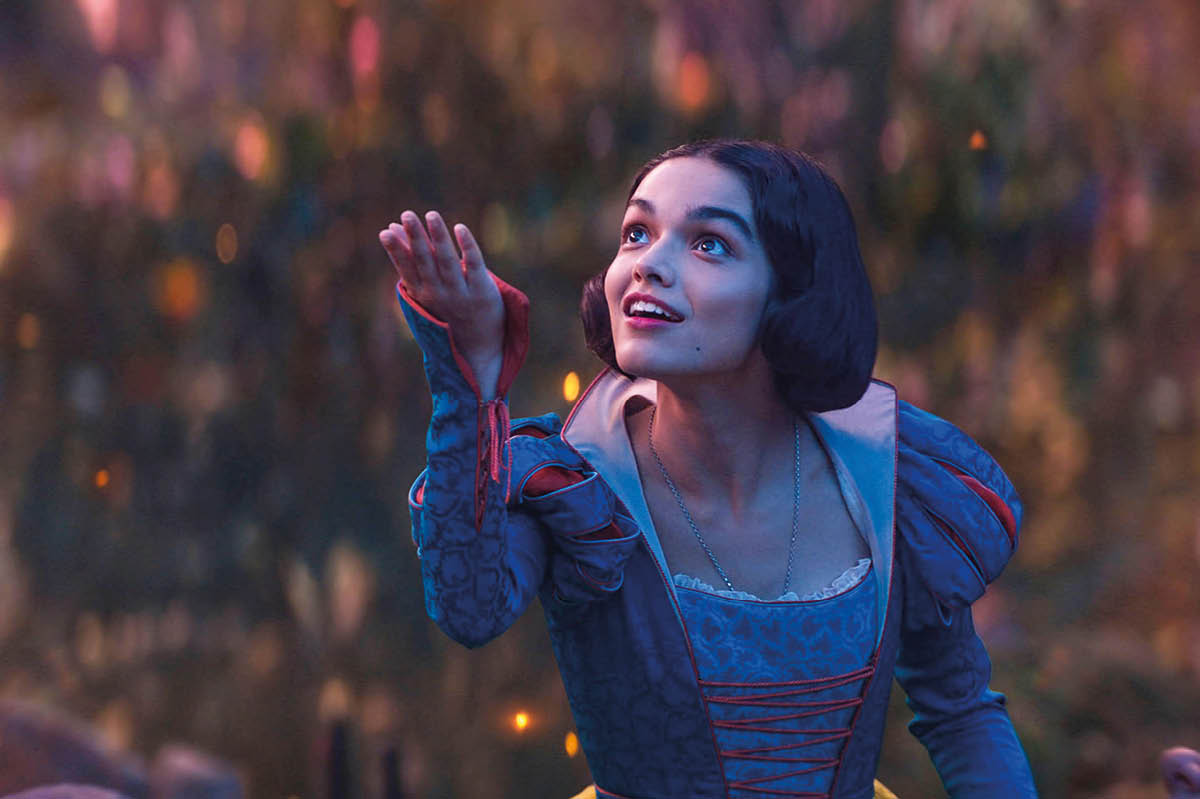For over a decade now, every new Marvel Cinematic Universe film has promised a visual extravaganza, and Quantumania is no exception. Alas, in a franchise that has produced some genuinely emotional moments, a grand spectacle may be all it is.
Following the events of 2019’s Avengers: Endgame, our eponymous shrinking hero, played by Paul Rudd, has settled into comfortable domesticity with main squeeze Hope van Dyne and teenage daughter Cassie. With the world mostly safe, his biggest problem now is keeping the idealistic Cassie out of trouble.
At least, so he thinks. Quantumania’s main plot kicks off in classic comic-book fashion: when a science experiment goes awry, Scott, Hope, and Cassie — along with Hope’s parents Hank and Janet, played by Michael Douglas and Michelle Pfeiffer, respectively — are all sucked down into the subatomic-scale Quantum Realm, which everyone spent the last film, 2018’s Ant-Man and the Wasp, rescuing Janet from.
It turns out that Janet has a rather complex history with the Quantum Realm, and in particular its omnicidal emperor, Jonathan Majors’s Kang the Conqueror — a villain who, we are assured, has the power to wipe out whole swaths of the multiverse. I’m fairly sure that Kang is being set up to be the new Thanos, the “big bad” of the next few years of Marvel movies, which forces Quantumania into the unenviable position of having to do a lot of world building.
And it might not have been quite enough worldbuilding at that. I’ve been watching Marvel Cinematic Universe films for fifteen years now, and thought I was completely caught up on the canon. But Quantumania is the first installment that simply doesn’t make much sense to a faithful viewer. Kang’s character motivations, history and even powers are left entirely opaque; over and over again, Quantumania insists that he must be taken seriously as a threat, but nothing is ever provided to back up this claim. (I am reliably assured by Marvel diehard friends of mine that it would all make sense if I’d watched the 2021 animated series What If…? on Disney+. But there’s a limit to the homework filmmakers can reasonably expect their audiences to do.)
Ultimately, it’s never quite clear why this one needed to be an Ant-Man movie in the first place. Notwithstanding the Quantum Realm setting, pretty much any other Marvel hero could be dragged and dropped into the starring role. Director Peyton Reed has visual panache to spare, but seems to lack the interest in character development that characterized the first couple Ant-Man films.
In part, that’s because the movie lacks any breathing room at all. While Quantumania clocks in at a pleasantly efficient two hours, it’s almost nonstop action, culminating in a CGI-drenched final battle that’s so lengthy it becomes bludgeoning. Even the film’s few quiet moments are mostly exposition dumps and transitions from one place to the next, as if there’s some fear that any slowdown will lose the attention of a TikTok-addled viewer base.
To be clear, the visual excess here isn’t all bad. When our heroes take their first steps into the Quantum Realm, there’s some wonderful inventiveness on offer — from a towering creature with a laser cannon for a head to a village of living and moving buildings. (There’s also a vintage Marvel cameo that’s too fun to spoil.) Ant-Man is a unique and creative character, and it’s always fun to see him in action — especially with the additions of Evangeline Lilly’s Hope, and now Cassie, to the team.
And yet, after the last couple years of Marvel movies, it’s hard to shake the feeling that the story architects are starting to lose the plot. Last time around, Thanos’s villain motivations were clear enough: to stop resource scarcity, kill off half the universe’s population. Sure, it’s monstrous, but there’s a terrible — and even recognizable — logic to that kind of Malthusian thinking. By comparison, Kang’s fulminations about obliterating whole universes simply don’t pack the same punch. At this point, the Marvel storyline is so full of doppelgängers, multiverses, and godlike beings that any recognizably human stakes have basically dropped out of the picture: talk of “trillions of deaths” really does feel now like bare statistics. Each new film introduces new characters and new high-dollar visuals, but that’s about it.
It all adds up to the cinematic equivalent of a junk food binge. In the world of Marvel circa 2023, there’s no time for sophisticated themes and literary allusions anymore (I’m still a sucker for the Shakespearean drama of Kenneth Branagh’s 2011 Thor); everything has to be about setting up the next arc, the next five or ten years of movies. I miss the old Ant-Man.



